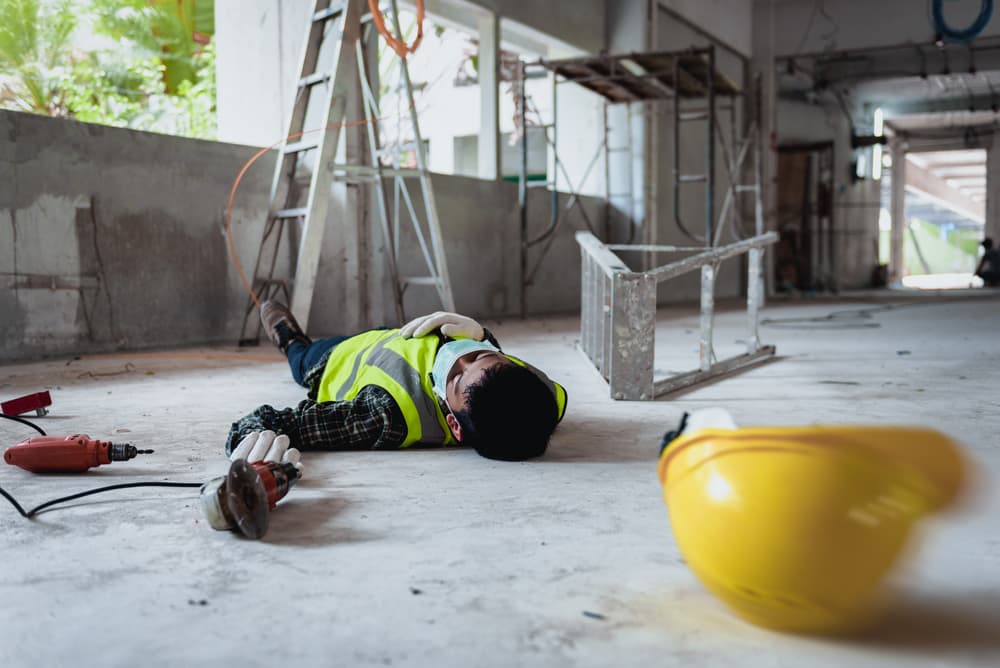At any construction site using ladders and ladderways, there are specific regulations set forth by New York Labor Industrial § 23-1.21. This code regulates the ladders and ladderways that must be used, when they need to be used, general requirements, and more. These requirements are set forth to provide a safe working environment for all workers on construction sites. All fiberglass or metal ladders over the length of 10 feet must be approved prior to use.
NO FEES
UNLESS WE WIN YOUR CASE
General Requirements
The industrial code outlines the various requirements for ladders, single ladders, extension and sectional ladders, stepladders, and ladderways. For ladders, the ladder itself must meet the strength guidelines provided by the labor code, allowing for at least four times the maximum load intended without breaking, loosening, or dislodging. Any opaque protective coating use on ladders is prohibited and all ladders must be maintained or replaced if necessary.
Replacement of a ladder becomes necessary if:
- The ladder has broken at any part
- The ladder has insecure joints
- The ladder has a worn wooden rung making it three-quarters or less of original thickness
- The ladder has any defect or flaw that may cause failure
Any ladder that requires replacement shall not be used at the worksite. Ladders are also regulated by installation and use requirements and employees should be trained on where the ladders can be used. For instance, all ladder footings shall be firm and no slippery surface or insecure objects shall be used as footing.
Limits on Extension Ladders
In construction, the use of extension ladders is a common occurrence. It is important for employers to restrict the use based on length and adjustment guidelines. Depending on the length of the ladder in feet, they must meet the minimum overlap requirement in order for workers to use them. For ladders up to 36 feet, the minimum overlap must be 3 feet. For ladders between 36 and 48 feet, there must be a 4-foot overlap, and for ladders 48 feet up to 60 feet, there must be an overlap of 5 feet. No extension ladders with more than three sections or exceeding 60 feet shall be used.
Ladderway Restrictions

Ladderways over the length of 70 feet must be equipped with rest platforms at no more than 40-foot intervals. When used in a series or presented with dangers of falling debris, these ladders should be offset, staggered, or placed in a position that would prevent the danger and protect anyone on the site.
Our New York City Construction Accident Attorneys Are Here to Help
When employers allow the use of worn, broken, or non-approved ladders or ladderways, it can lead to potential injury. If this has happened to you, it is important to know you have rights. Our New York City construction accident lawyers at The Perecman Firm, can explain your legal options and help you file a lawsuit or seek workers’ compensation benefits. Call us today at (212) 577-9325.